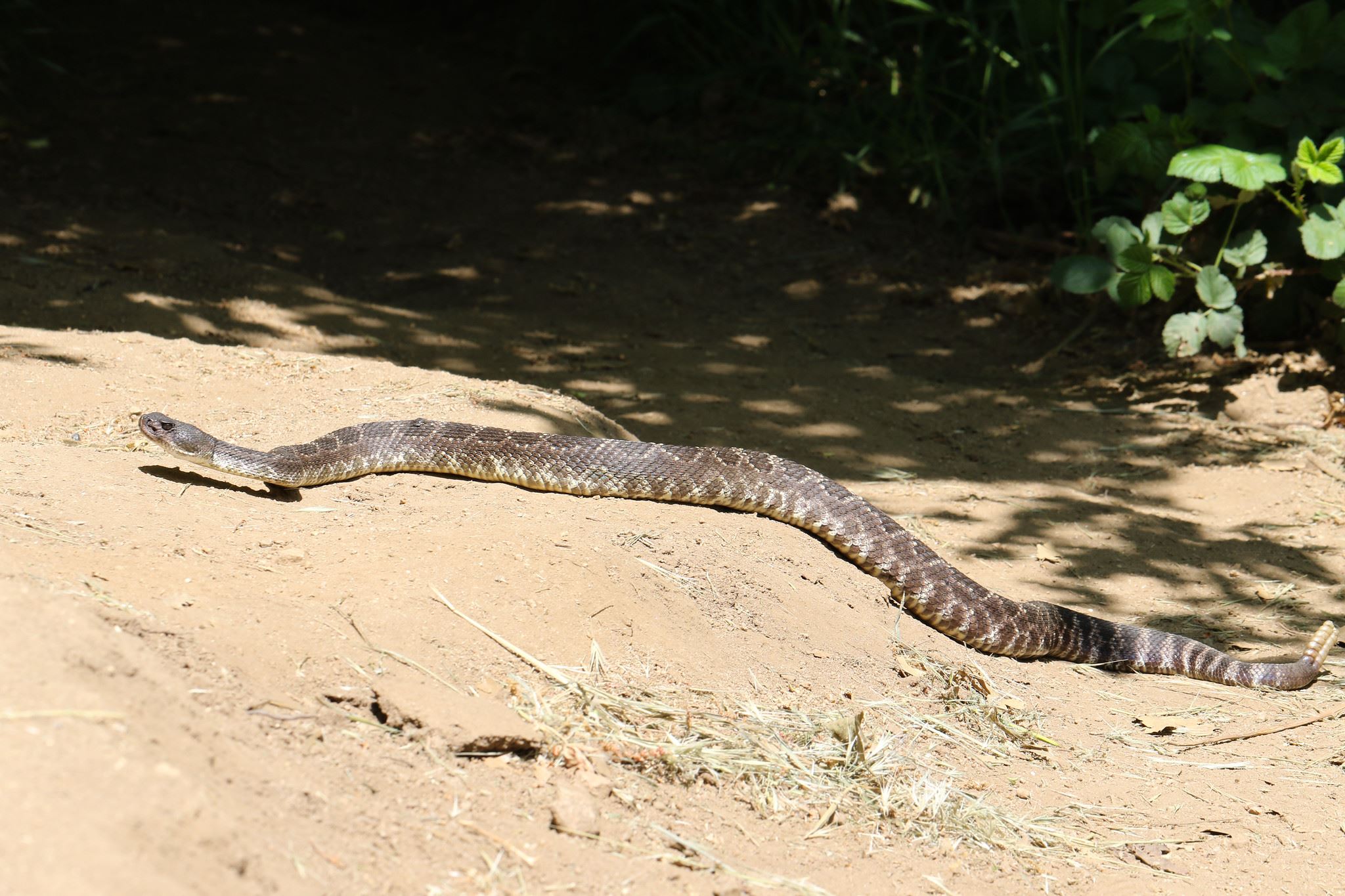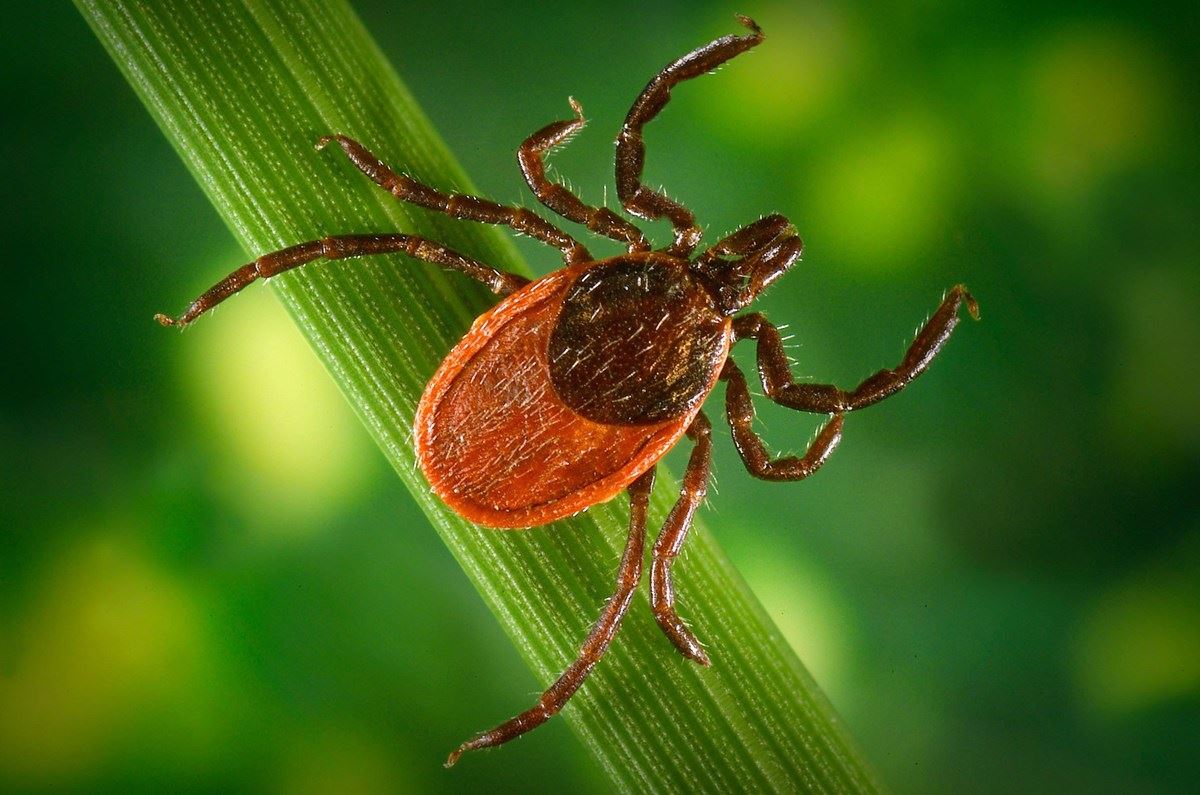Be aware of your surroundings
Know what type of wildlife may be present on the trails and prepare accordingly.
Keep your distance from wildlife that pose a threat
Avoid hiking and running at dawn and dusk when rattlesnakes and mountain lions are more active.
Don’t hike, bike, or run alone
Two or more trail users can assist each other in the event of accident or injury, and one can always seek help if necessary.
Supervise children and dogs
Keep small children close to you and keep dogs on leash.
Travel on the wild side
LA County is home to diverse and amazing wildlife, and throughout the year our trails may contain many species big and small. The opportunities to explore the outdoors and observe wildlife up close are numerous and varied. When you are out on the trail, remember to put your own safety first.
Following a few general safety tips will help you avoid any unwanted wildlife encounters:
- Be aware of your surroundings. Know what type of wildlife may be present on the trails that could pose a threat and take appropriate precautions.
- Keep your distance from wildlife that pose a threat to you, your children, and your dog.
- Don’t hike, bike, or run alone. Avoid hiking and running at dawn and dusk when rattlesnakes and mountain lions are more active.
- Supervise children and dogs – keep small children close to you and keep dogs on leash.
Always report any wildlife attacks immediately with a 911 call or to the trail operator.
And a few additional safety tips to keep in mind during rattlesnake season or when hiking in mountain lion country.

Rattlesnakes
Particularly when Spring weather starts to warm, rattlesnakes become a common site out on the trails. Rattlesnakes are generally not aggressive and mind their own business – the chances of being bitten are relatively small. However, they can bite if startled, threatened or even accidently touched by a passing trail user. Most rattlesnake bites happen between April and October, so while during rattlesnake season keep in mind these safety tips:
- Be alert. Snakes tend to sun themselves in the midmornings when its cooler out but in the summer months they become more active at dawn and dusk.
- Always wear sturdy shoes, socks, and long pants.
- Avoid underbrush and tall grasses on overgrown trails where snakes may hide.
- Teach your kids to respect snakes and not to interact with them.
- Always keep your dog on leash while hiking.
- For more tips, check out our rattlesnake resource page.

Tick Resource
Ticks are more than just an outdoor annoyance during California’s spring and summer. These small critters can be picked up by humans and dogs as they play and recreate on the trails of LA County. And tick bites can pose a real danger to trail users – the Center for Disease Control (CDC) estimates about 300,000 people catch Lyme disease from ticks every year and thousands more develop other diseases transmitted by ticks.
Follow these guidelines to help protect yourself from tick bites and lessen the chance of contracting a tick-born disease:
- Avoid tall grass. When you are out on the trails, avoid walking through tall grasses and other plants – ticks sitting at the tops of vegetation will grab hold of your clothes or skin.
- Stay warm! Tick nymphs like humid, shady environments. Walking on sunny trails may reduce your chances of picking one up.
- Check the dog. As soon as you come home from a hike, give your canine companion a good rub down and spray them with hose to remove any hitchhiking ticks.
- Dress appropriately! During peak tick season, wear long pants and socks on the trail. If it isn’t too hot, tuck your pants into your socks. Choose light colored clothes, ticks are tiny poppy-sized critters and easier to spot on lighter colored socks and pants. Place clothes in a high heat dryer to kill ticks.
- Inspect, inspect, inspect! Check your legs and shoes every hour or so on the trail. After you get home check yourself from head to toe – take special care to check: under arms, in and around ears, inside the belly button, the backs of knees, in and around all head and body hair, between the legs and around the waist.
- Remove the tick. Even when being cautious, people can be bitten by ticks. If you find a tick, remove it immediately using fine-tipped tweezers or forceps. Grasp it close to the skin and make sure the entire tick is pulled out. If a tick is attached to you for less than 24 hours there is less of a chance of developing Lyme diseases.
- Pay attention to how you feel. If you develop flulike symptoms, a fever or a rash, see your healthcare provider and bring the tick in for testing.

Mountain lions
Mountain lions do roam our public lands, but they typically avoid contact with humans. While sightings are rare and it is extremely unlikely that you would encounter one while on a trail, remember these basic safety tips when hiking in mountain lion country:
- Back away slowly, do not run, do not turn with your back towards the mountain lion and do not approach. Give them a way to escape.
- Remember to look large, raise your hands over your head. If you have a backpack or jacket, raise that over your head. Do not crouch down or bend over.
- Wave your arms slowly. Speak in a loud, firm voice.
- Pick up small children or dogs so that they don’t run.
